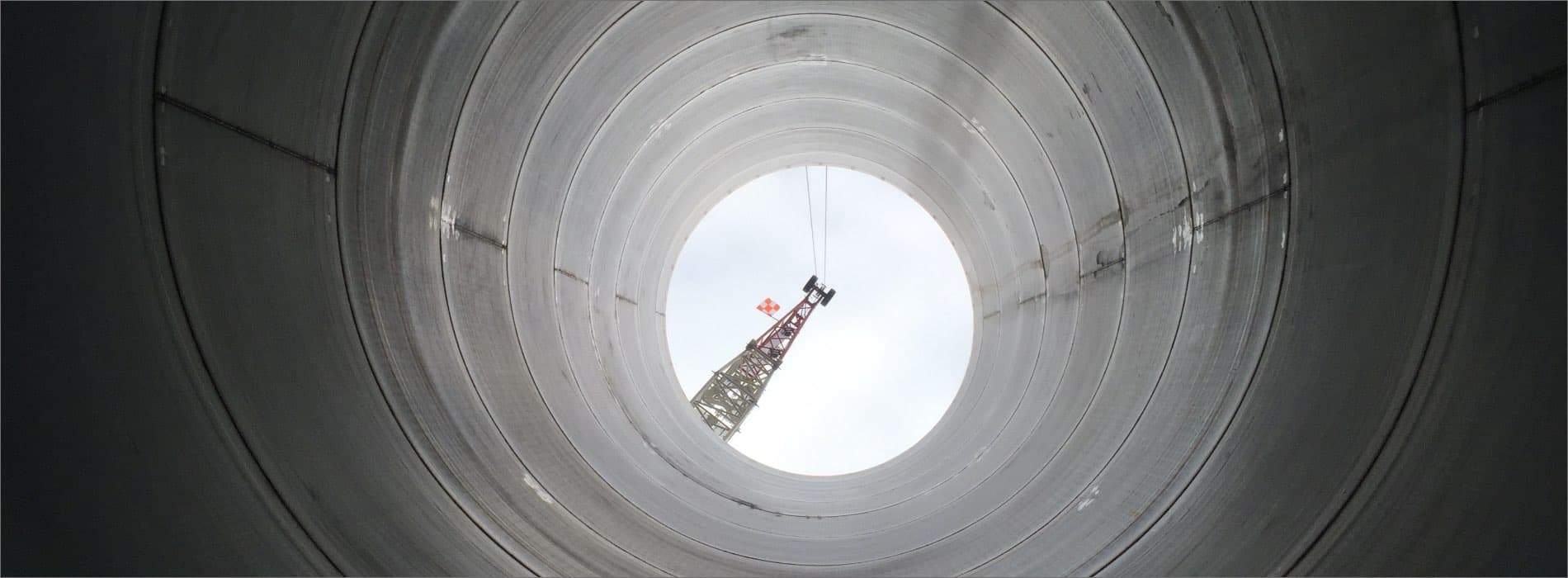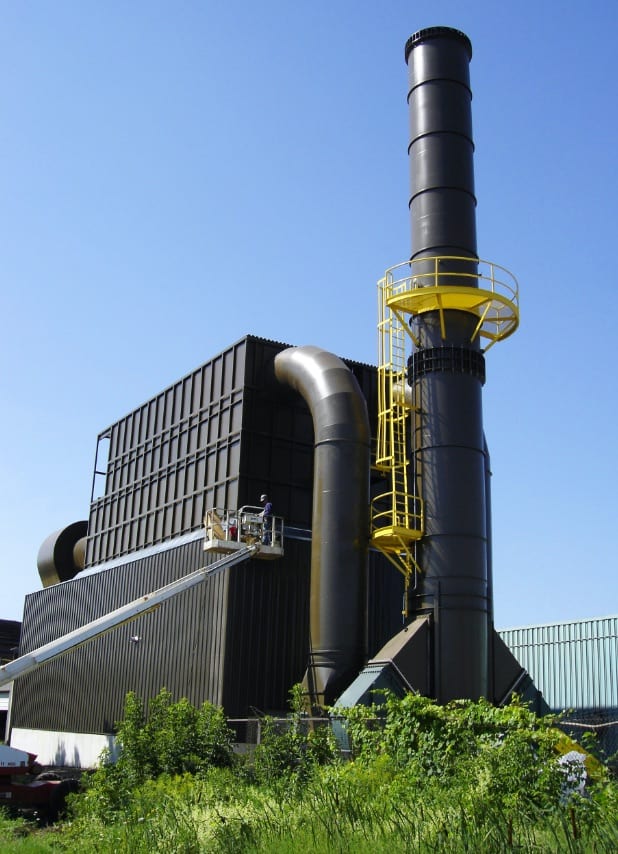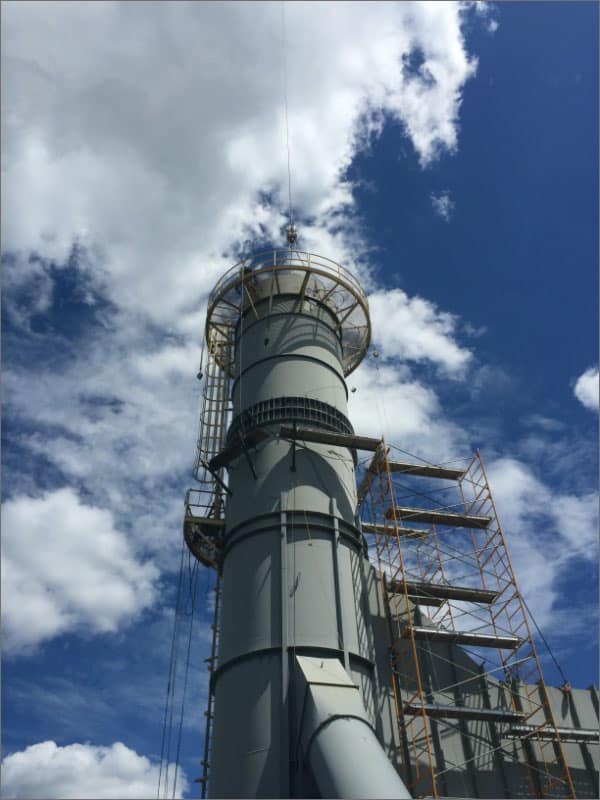Industrial Exhaust Stacks

Engineering Peace of Mind
When you need to construct or replace an industrial exhaust stack, you need assurance the structure will withstand whatever Mother Nature delivers. We build more than 50 stacks a year, so our structural engineers are adept at calculating how to anchor and design a structure that withstands high winds or seismic shifts. In other words, we engineer confidence in knowing your industrial stack will stand for the long term.
And because our team designs, builds and installs industrial exhaust stacks, you can be assured a shorter lead-time.

Industrial Stack Design: Inspiring Design. Inspiring Confidence.
When it comes to exhaust stacks, we understand both the risks and mitigation strategies. Industrial stacks must withstand wind and seismic forces, or the results can be devastating. That’s why business owners, plant managers and engineers tap IVI, Inc. for industrial stack design.
We have designed and installed everything from 6-inch-diameter exhaust pipes to a stack 19 feet in diameter to 180 feet tall. We have also built and installed stacks for specialized equipment, such as regenerative thermal oxidizers (RTOs).

Design Considerations
While emission discharge and local building codes determine the size of steel stack required, we ensure your industrial stack complies with air quality regulations, modeling requirements and code stipulations by considering:
Air Volume
The volume of air discharged from industrial exhaust stacks is the most critical factor in that it determines the diameter needed for best air exit velocity.
Location
When considering resistance to prevailing winds and seismic loads, our design factors in your facility’s location.
- Exposure to winds. Coastal regions have higher wind loads than inland locations. Urban areas, open terrain, and regions with hills and valleys experience varying wind loads.
- Active seismic regions require higher earthquake design forces.
Configuration
While minimum exit velocity determines the stack diameter, height may also require special design considerations.
- Tall, slender stacks may need aerodynamic helical strakes or shrouds to limit what is known as vortex shedding in steel stack design.
- To absorb energy from vibrations, tuned mass dampers or preformed base fabric pads may be required.
Air temperature
Our choice of steel—stainless, carbon or COR-TEN®—is dictated by the temperature of the air being discharged and the air stream contaminant.
Testing
Test ports often are required for air testing at varying stack elevations. We design ladders and stairs to access the ports. We take into consideration that these platforms add gravity, as well as loads, in steel stack design.

Contact us
Take comfort in knowing your industrial exhaust stacks are designed to stand for the long haul while meeting air quality emission requirements. Contact us today to get started.